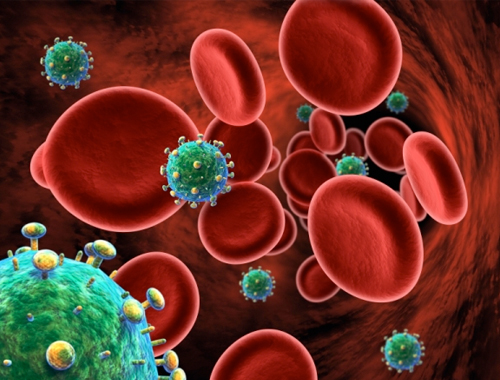Chapter 14. Major Sexually Transmitted Infections: Some Basics
14.1 Synopsis
Welcome
Major Sexually Transmitted Infections: Some Basics
This activity examines the causes, symptoms, and rates of several different types of sexually transmitted infections (STIs).
Click the 'Get Started' button below to start this activity

14.2 Major Sexually Transmitted Infections: Some Basics
Major Sexually Transmitted Infections: Some Basics
These and other sexually transmitted infections (STIs), if left untreated, may lead to serious reproductive and other health problems or even, as with HIV/AIDS and syphilis, to death. STIs can be avoided by consistently using condoms, having sex only in a relationship with an uninfected partner, or abstaining from sex—oral, anal, and genital.

14.3 Major Sexually Transmitted Infections: Some Basics
Learn more about sexually transmitted infections (STIs)

Question 14.1 Rates of STIs among sexually active teenagers
li/IfmQW0JKhpUcq3Kr/idP8Tlwc3nMkHQ8vSV1K8iX3yNzFJTRfFUgpF1rmrymc98BtIewMTMhZyc6oV51yXqOaqXPmOkKKwEhCOrrC5BDAVgHaRev0bglg0qksOv7tjjmqtI0eKuHeum4BZPKjeMirOUX1W7C+CCJvMZ5dQYpWMCuLg6GGaRE/S6U5rB86P8CEPygMLXPD6u/DQyy9DJ3jAJDkJ09rJjq43xpYByWsYD8AoH8fPcXs43pwyETbqwG6RtgSWs9XYn1IhPxrdANsJif05re7a3a/4edKqnKuMjPz/+8yZUV9n2+5XP3C97ev4xUxmUKilMJSOeYnH/1DkfJ8DGdfTTbaQZv0ABooIH/96qlGZw764kZcR4/TwETcGfd031FYLltulf00wQiyyALKmSP+IFd7f8RYjKDdFMSjfl9XaZDc9br+yxPqGE19UWLwhIioEWMIVdu0EzeQzZT773IhyfCoATNCOiZofEVdVagXo2nMuUOP/yQ/CbOBcHwWzMQKMlkc4ZslK3ajdthLKXuM+4v0zN9+JazlieMj0XxryLquO49G606L0Ec8HQB3TTS+z4CljKElBnexZAQsJVqN6dD/A7Eein3tYQ+5fn3GXFBFqOqkuWjnDMdIyvl+jFzLVJgQpgmGqFrQit1KettD5mzt8SHUPxWWUXp6glfW1tbAclhvSrddaQBekl31Zpkk1ziZwGgwyEIaiOE=14.4 Activity Completed!
Congratulations! You have completed this activity.
REFERENCES
Centers for Disease Control and Prevention. (2016a, October). Reported STDs in the United States: 2015 National data for chlamydia, gonorrhea, and syphilis. CDC Fact Sheet. Atlanta, GA: U.S. Department of Health and Human Services.
Centers for Disease Control and Prevention. (2016b, October). Sexually transmitted disease surveillance 2015. Atlanta, GA: U.S. Department of Health and Human Services.